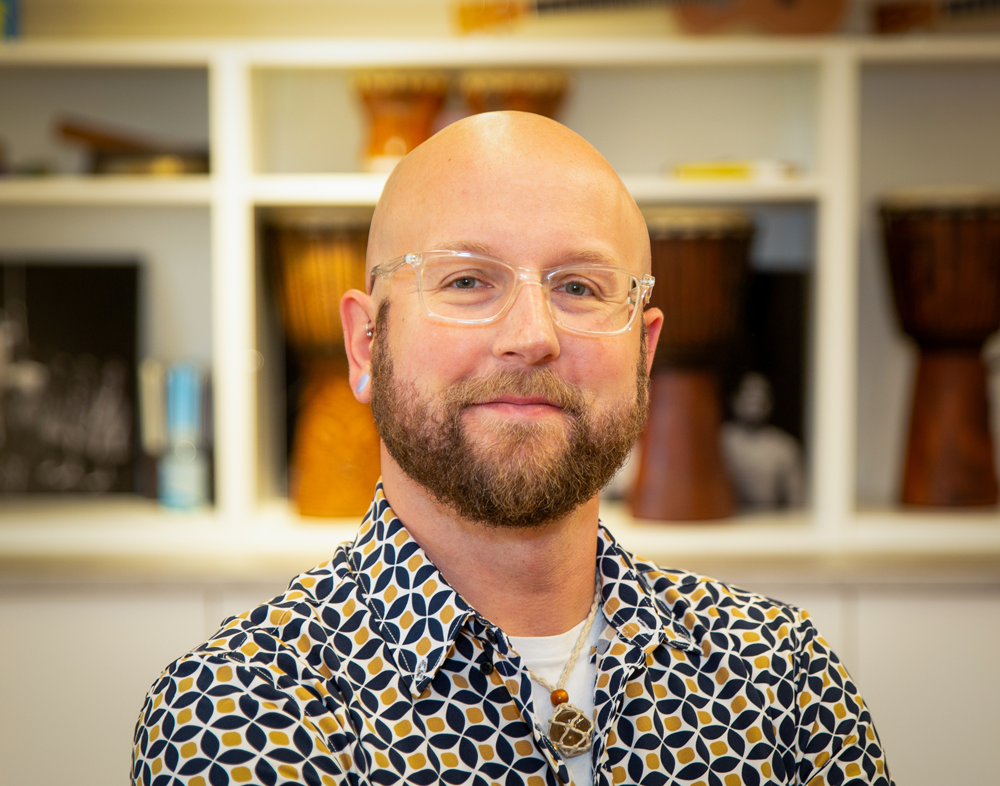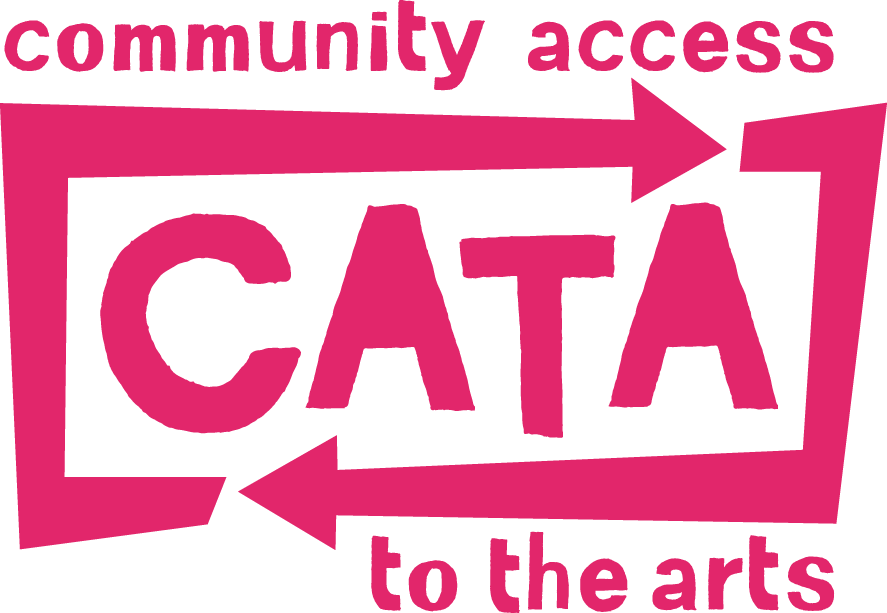04 Aug New CATA staff: Shawn Mille

Photo of Shawn Mille, CATA Program Associate (credit: David Dashiell)
Community Access to the Arts (CATA) announces the appointment of Shawn Mille as Program Associate.
CATA has dramatically expanded programs serving people with disabilities. This new staff position will help CATA deepen community partnerships and grow inclusive arts workshops and performances, giving people with disabilities across the Berkshires and Columbia county more opportunities to explore their talents and express themselves creatively.
“My brother is an artist with CATA,” says Shawn, “so I have seen firsthand how much CATA benefits its artists by giving them confidence, a feeling of accomplishment, and inclusion. When I read the job posting, I knew I had to take this opportunity to give back to an organization that has done such great things for my family and my community.”
Shawn Mille (he/him) comes to CATA from the Austen Riggs Center where he served as Development and Communications Coordinator and previously as Assistant Medical Records Administrator. Prior to his work at Austen Riggs, Shawn worked at the Brien Center as Office Manager. Shawn has a Bachelor’s Degree in Communications from Salem State University and serves as vice president of the board for the Berkshire Coalition for Suicide Prevention as well as on the Marketing/PR and Fundraising subcommittees. In his new role at CATA, Shawn will support CATA’s Program Director team, with particular focus on programs taking place off-site in partnership with schools, day programs, nursing homes, and community centers. He joins Program Associate Courtney Maxwell.
CATA is at an especially exciting stage, with a beautiful new building, robust community partnerships, and expanding programs. CATA has cultivated strong partnerships with 52 community-based organizations, including disability agencies, residences, and schools to serve 1,000 people with disabilities through 2,200 annual arts workshops. The nonprofit successfully navigated the challenges of the pandemic financially and artistically, deepening its commitment to artists with disabilities by piloting new art forms, dramatically growing programs for students with disabilities in local schools, and strengthening equity and inclusion initiatives.


